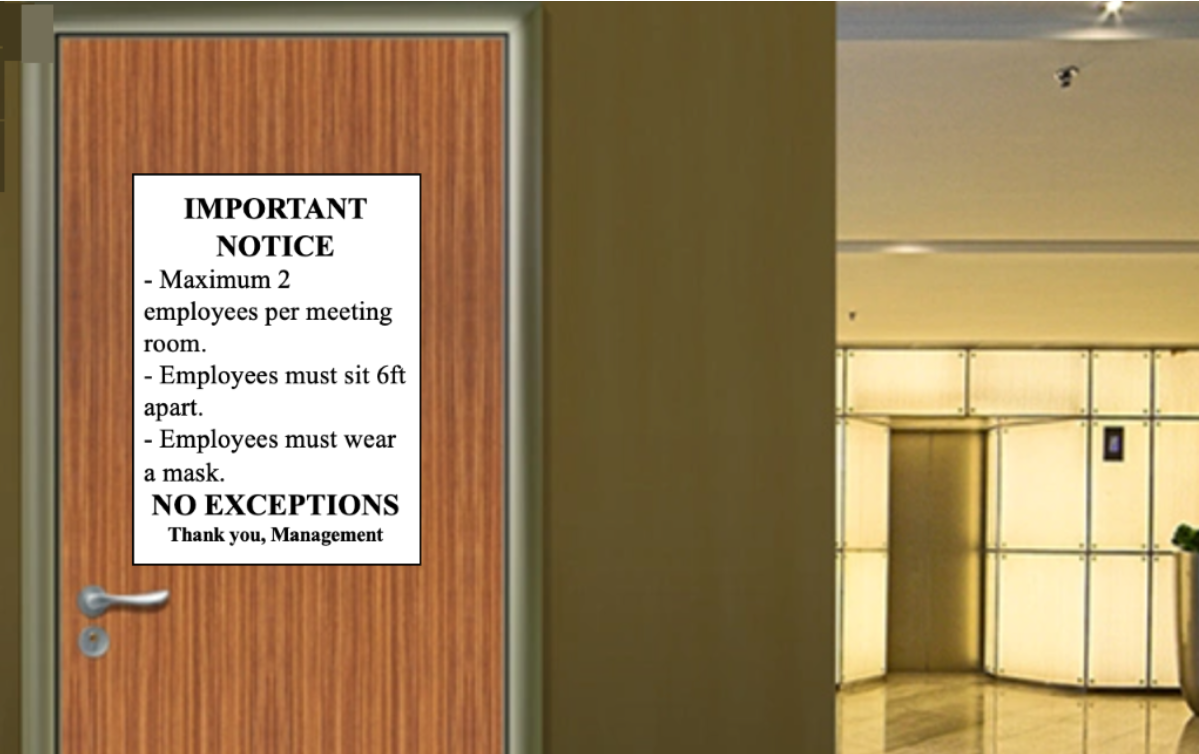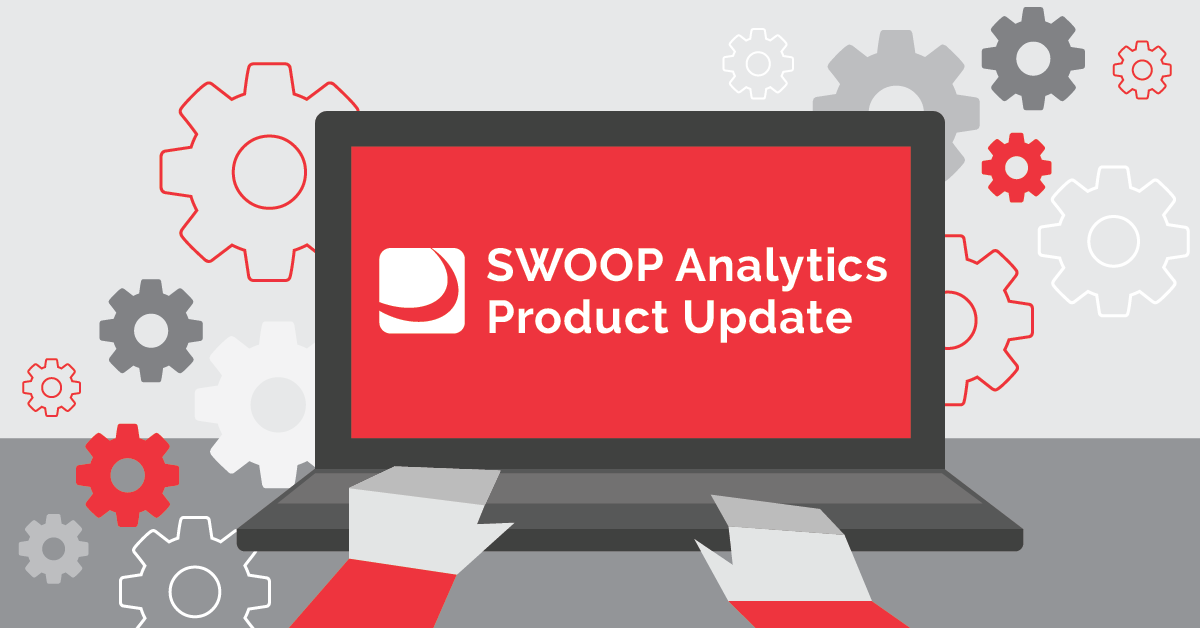
SWOOP Blog
Latest Articles
Blog Archive

Measuring Employee Communications and Engagement: Why and How
Measuring internal communications is critical to the success of any organisation, but it's not always clear how to do so effectively. We explore the importance of measuring employee communication and engagement, and how it relates to organisational performance.

Measuring Our Way Back to a ‘New Normal’
Much has already been written about the new normal, when the world transitions back from COVID-19. Predictions include how workplaces will include higher proportions of virtual work, which will be no doubt be welcomed in the context of a plunging economy which forces companies to do more with less. Others suggest an even stronger "people-first" focus, with HR guru Josh Bersin calling COVID-19 the biggest thing ever to happen to employee engagement and the start of a big reset in the way we work.

Returning to work: A digital leaders’ guide to measuring success
A lot has changed since leaders, and their teams, were last together in person in February. As we slowly see the COVID-19 curve flattening, corporations around the world are starting to contemplate their return to work strategy.

Why I’m joining SWOOP: The Urgent Need to Measure Collaboration Effectiveness
For the past 15 years, I have been helping organizations around the world implement, grow and measure collaboration and knowledge management tools. From my days as one of the first enterprise Community Managers in Australia at financial services company AMP, to my most recent experience rolling out a global sales knowledge management community at American Express, the goals and objectives for enterprise collaboration and social networks remain largely the same as they were.

You’ve just been told to Work from Home. You have Workplace. Are you home free?
Under the above scenario it’s clearly better to have Workplace from Facebook in place than not. But I suspect few of us would see all our anxieties from the COVID-19-enforced change to our working environments overcome that simply. Most of us have had the experience of working from home (WFH) occasionally, but what about when your whole team has to WFH?

Five evidence-based insights: Working effectively as a team in Microsoft Teams
Here at SWOOP Analytics, we have just published our very first global benchmarking report of the interactions of more than 47,000 people in more than 5,300 Teams across 15 organisations. This is the world's largest benchmarking study ever undertaken of team interaction patterns on Microsoft Teams. What follows are five evidence-based insights on what the best performing teams are doing and what you can do to achieve better business outcomes.

What needs to change when coronavirus sends your whole team Working From Home?
You just received the all-company announcement; everyone is to work from home (WFH) for the foreseeable future. You may have previously worked from home on the odd occasion. You managed to get by, but you always wondered if you had missed out a little, compared with your colleagues who were working from the office.

What if your Fitbit could tell you when you are burning out at work?
We are all being asked to collaborate more, and that's a good thing, isn’t it? Well, apparently not if it leads to collaborative overload, according to Babson College Professor of Global Business Rob Cross.

The SWOOP Diversity Index: How is it Calculated?
You may have seen on your personal SWOOP dashboard something called the Diversity Index. You will also see it at the Groups, Team, Business Unit/segment and Enterprise levels where we average the diversity scores across the respective membership. In this article, we explain why and how the Diversity Index is actually calculated.

Millions of dollars to be saved but don’t put it all at risk without measuring collaboration
Collaboration platforms Microsoft Teams and Workplace by Facebook are saving companies millions of dollars every year, resulting in up to 800% in ROI by keeping employees engaged and connected. But without analytics to help you clearly understand where collaboration is – and isn’t – happening you have no way of measuring if you’re receiving the business benefits.

Teams and Projects – Setting Collaboration Performance Targets
Digital teams are way too large to enjoy the benefits of being a truly high productive team. At an average size of 296 members, there is little chance of achieving the level of cohesion and productivity that more appropriately sized non-digital teams do. A fundamental shift is required in how digital teams are formed. If teams are to truly perform online, they should limit their size to less than 10 members.

User Engagement – What does this mean to you?
The term “User Engagement” has been bandied around the IT industry for decades now. To my knowledge the only other industry that refers to its customers as “Users” is the illegal drug industry. There are some similarities. The users are demanding, can’t get enough of what they want, pay too much and inevitably end up disappointed.










